Lagos
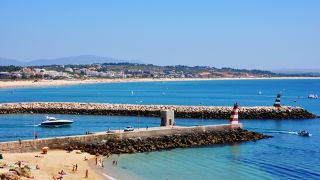
In Lagos, everything seems to invite you to the beach and the simple pleasures of life. But there are also stories of sailors and pirates, the result of a relationship with the sea that is maintained in the colourful trawlers that still bring fish to the market, and the Marina where yachts from all over the world are moored.
This connection to the sea had its high point in the 15th and 16th centuries, because it was in Lagos that Henry, the Navigator fitted up the caravels that would set out for the coast of Africa, launching the Portuguese Age of Discoveries, and it was from here that Gil Eanes sailed, the navigator who demonstrated that the world did not end at Cape Bojador and that the sea was not filled with monsters. His name was given to the square where a controversial statue by João Cutileiro evokes King Sebastian, who made Lagos the capital of the Algarve, a privilege maintained until 1755. It was also from here that this King set out for the battle of Ksar el-Kebir, from which he never returned; this caused Portugal to lose its independence to Spain, which was only restored in 1640. The people kept waiting for him to return one foggy morning, a feeling of hope in a saviour that was etched on the Portuguese soul and to which the name "Sebastianism" was given.
Although built on the site of earlier constructions, some of the main monuments are from this era, such as the Governors’ Castle. Or the City walls and the Ponta da Bandeira Fort, which protected the town from invaders, particularly buccaneers, and which today offer beautiful views over the houses and the sea. It was also in Lagos, under the arcades of Praça Infante D. Henrique, that the first slave market in Europe was held, in a space now transformed into a cultural centre for exhibitions and the sale of handicrafts.
But there is much more to see. Stroll through the streets of the historic centre to discover the charm of this ancient city. Notice the stonework of the doors and windows, the wrought iron balconies and the patios that provide coolness in summer. See the Church of Santo António, with its surprisingly rich interior full of gilt carvings and tiles that offers a curious image of the saint whose name the church bears with the rank of Lieutenant-General, a promotion that this church earned for serving as the chapel for the Infantry Regiment. Beside it, the Municipal Museum has an interesting collection of archaeology and sacred art.
One can’t help delighting in the local cuisine. Fish and shellfish are the main ingredients for a number of delicacies: from snacks with clams, barnacles, octopus or roe, soups and açordas (bread casserole), or specialties such as carapaus alimados (skinned marinated horse mackerel) and stuffed squid. Sweets are another highlight, especially dom-rodrigos (egg and almond sweets), a recipe from the nuns of the Convent of Nossa Senhora do Carmo.
From the long Avenida dos Descobrimentos you can enjoy the city's profile and the busy and lively Marina. This avenue leads to the sea and the beaches, which are amongst the most beautiful in the Algarve, and often praised by international bodies and magazines. To the east is Meia Praia, a sandy beach about five kilometres long, ending at the Ria do Alvor. On the other side, there is a succession of smaller beaches with clear waters, to which the rocks carved out by erosion have lent a stunning beauty. These are the beaches of Batata, Pinhão, Dona Ana and Camilo, accessible from the city centre. Further ahead is Ponta da Piedade, the highlight of the region: a series of rock formations with impressive jagged shapes and excavated caves that are best enjoyed on a boat trip. Canavial, Porto de Mós and Praia da Luz complete the range of beaches, which also include many sandy coves that are hard to get to, some only accessible by sea. They are small havens waiting to be discovered.


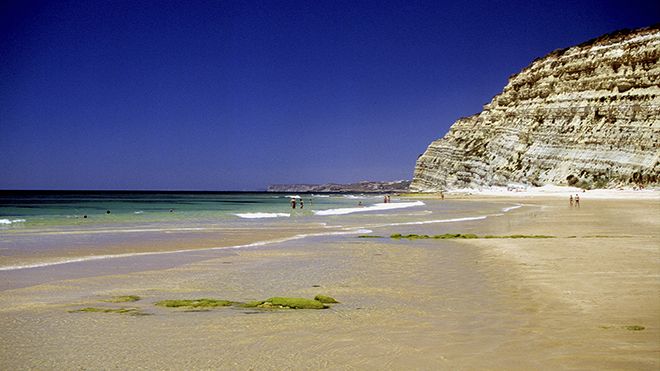





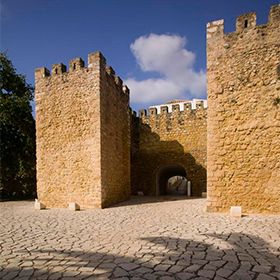
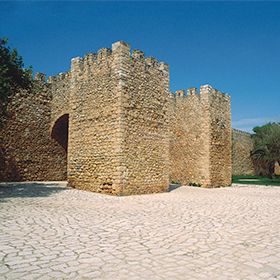
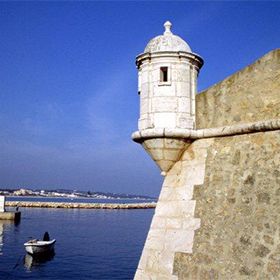

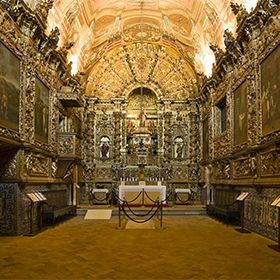
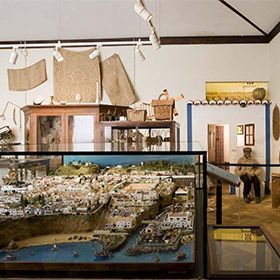
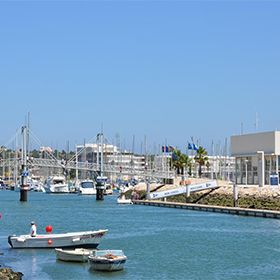
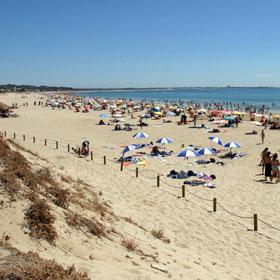
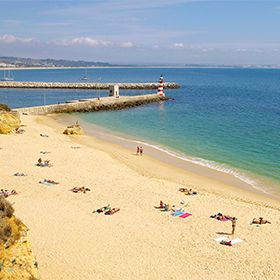
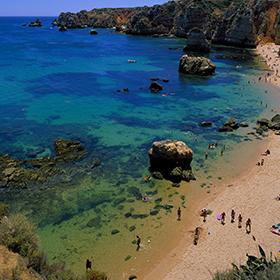
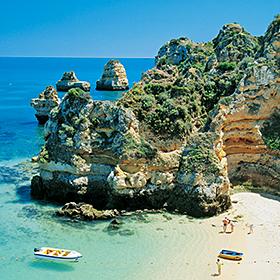


 Explore
Explore 
 Remember and Share
Remember and Share 


